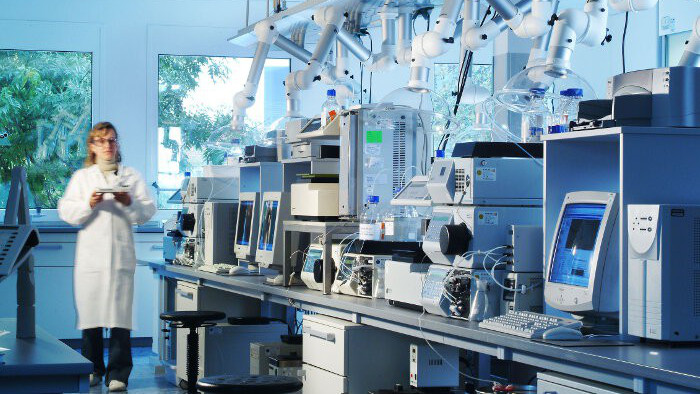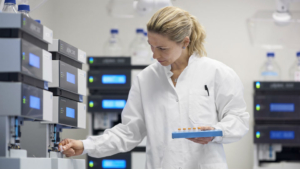
Innovative analytical methods for particulate characterization
Manufacturers respond to stricter regulations with novel approaches.
The growth in complex biologics is boosting the demand for innovative delivery mechanisms such as prefilled drug-delivery systems. Unfortunately, these systems often encounter issues with particulates that can lower a drug’s effectiveness or trigger unwanted side effects. In response, regulatory authorities are demanding processes be developed that either eliminate or keep at a minimum, visible and sub-visible particles and other contaminants.
The reasons why particles occur are diverse. So are the types and sizes of particulates. Visible particles (about 100 – 150 µm and larger) can be spotted with the unaided eye during visual inspection and without any outside assistance such as magnifying glasses or microscopes. Sub-visible particles are in the nanometer to micrometer range and include drug substance aggregates, silicone oil drops, fibers and other materials. For injectable drugs, the United States Pharmacopeia (USP) has defined limit values. Regulatory authorities such as the Food and Drug Administration (FDA) have also tightened their requirements on the identification and characterization of particulates.
New methods for particle investigative possibilities
For detecting particles in parenterals, standard procedure involves a visual check combined with light obscuration. Because this method has limitations, innovative analytical labs use a variety of novel techniques for particle detection, sizing, characterization and identification. These include e.g. the Archimedes’ Resonant Measurement for particles in the submicron range, Micro-Flow Imaging which combines digital microscopy with microfluidics to produce high-resolution images of sub-visible particles, Morphologi 3G-ID which is a digital microscope with Raman spectroscopy for identification and classification of sub-visible and visible particles and, ETAC Proview which provides a digital visual inspection at laboratory scale. These techniques are combined and used in addition to the standard procedures to gain deeper knowledge on the particle formation.
The creation of an expert team within the organization with comprehensive knowledge of particulate matter is quite effective. Combined with innovative analytical equipment, this team can help meet the challenges inherent to particulate matter and conduct fast and efficient root cause analysis. In-house specialists can help with the continuously optimization of production processes as well as help circumvent reliance on an external laboratory, which would require additional time, cost and effort.
Manufacturers of parenteral drugs benefit from detailed data about the processes involved and are able to comply with the stricter regulatory guidelines and customer demands while maintaining high quality standards.


 BIOCOM / aminul788 - Adobe Stock
BIOCOM / aminul788 - Adobe Stock Bayer Co.Lab
Bayer Co.Lab